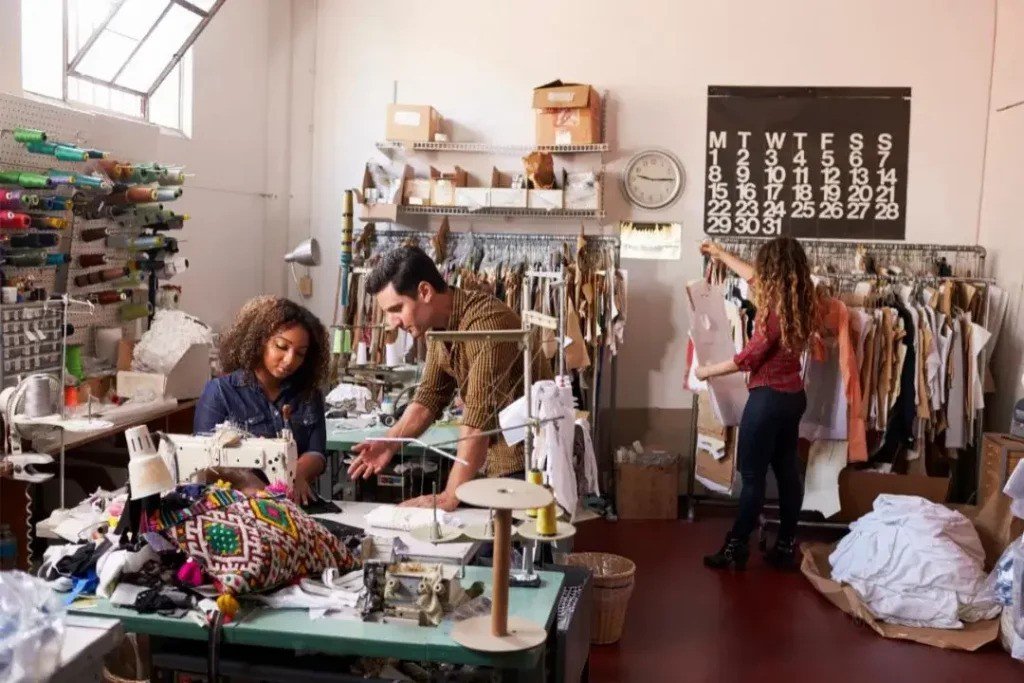Introduction
Choosing the right fitness clothing manufacturer is one of the most consequential decisions a brand can make. The activewear market demands a unique blend of performance, comfort, durability, and aesthetic appeal all while meeting regulatory and ethical expectations. A manufacturer must do more than stitch fabric; they must understand stretch behavior, moisture-wicking finishes, seam strength, and the differences between performance knits and casual athleisure fabrics. For brands prioritizing sustainability or ethical labor practices, the manufacturer’s certifications, supply-chain transparency, and factory audits become equally important. In this guide I’ll outline practical criteria for selecting manufacturers, discuss material and technology considerations, explain quality-control and compliance essentials, and offer sourcing tips to help you negotiate MOQ, lead times, and pricing. The goal is to give brand owners clear, actionable factors to evaluate partners against expectations demonstrating expertise, experience, authority, and trustworthiness in the activewear manufacturing space.
Why choose specialized fitness clothing manufacturers
Fitness clothing manufacturing requires technical know-how beyond ordinary garment production. Specialized manufacturers are equipped to work with performance textiles compression fabrics, four-way stretch blends, breathable mesh, and moisture-wicking finishes and they understand how to engineer garments for function and longevity. They also have experience constructing functional features like gussets, flatlock seams, bonded hems, and reinforced panels that prevent wear in high-stress zones. Moreover, manufacturers focused on activewear can guide product development decisions that affect fit, durability, and comfort; for example, fabric weight versus breathability trade-offs or knit structures that preserve elasticity while minimizing sag. Choosing specialists reduces the risk of costly sampling cycles and quality failures, as their teams typically include pattern makers, textile engineers, and technicians familiar with sportswear testing standards. When evaluating partners, prioritize factories with demonstrable experience in activewear, documented technical capabilities, and a portfolio of comparable products that match your brand’s performance and style goals.
Materials, fabric technology, and finishes to prioritize
Material choice defines the consumer experience for fitness apparel, so manufacturers who can source and handle the right fabrics are invaluable. Key options include polyester and poly-blends for moisture management, nylon for strength and softness, spandex/elastane for stretch recovery, and modal or bamboo blends for eco-friendly alternatives. Beyond base fiber content, textile construction knit density, GSM (grams per square meter), and yarn type affects breathability, opacity, and durability. Performance finishes such as anti-odor treatments, UV protection, water-repellent coatings, and silicone grippers add functionality but must be applied carefully to avoid altering fabric hand or compromising recyclability. Technical suppliers and mills often partner with manufacturers to provide certifications (e.g., Oeko-Tex, GRS) that verify low chemical use and recycled content. Ask potential manufacturers about their fabric sourcing networks, mill relationships, sample swatch management, and their ability to run lab tests for pilling, colorfastness, and stretch recovery these capabilities are essential to produce consistent, high-performing activewear.
Quality control, compliance, and sustainability prctices
Quality control in fitness clothing should be systematic and measurable. Reputable manufacturers implement in-line inspections, AQL (Acceptable Quality Limit) sampling for finished goods, and pre-shipment checks to catch defects before they reach customers. For fitness wear, critical checks include seam strength, elasticity retention after washing, consistent hem and waistband construction, and verification of claimed fabric properties (e.g., moisture-wicking rate). Compliance covers worker safety, labeling laws, and chemical safety brands should request documentation like factory audit reports, BSCI/SA8000 social compliance records, and chemical test results. Sustainability is increasingly non-negotiable: traceable recycled fibers, reduced-water dyeing processes, and transparent supply chains enhance brand trust and align with EEAT principles. When vetting manufacturers, seek clear evidence of their QC protocols, third-party audit results, and sustainability claims supported by certifications or traceable supplier documentation rather than unverifiable marketing language.
Working with manufacturers: sourcing, MOQ, and pricing strategies
Navigating sourcing logistics and commercial terms is where partnerships either thrive or break down. Minimum Order Quantities (MOQs) are a major constraint, especially for startups; manufacturers set MOQs to justify tooling and setup costs. Clever strategies include negotiating higher unit pricing for smaller runs, using colorways to split MOQs across styles, or working with small-batch factories that specialize in lower quantities. Lead times depend on raw material availability, production capacity, and seasonal demand; always map realistic calendars for sampling, approvals, production, and shipping. Pricing is influenced by fabric cost, complexity of construction (number of panels, special stitching), trims (zippers, custom hardware), and finishing treatments, plus overhead like compliance audits and packaging. To reduce risk, request a detailed cost breakdown, agree on tolerances for defects, and set clear payment terms. Strong communication, documented technical packs, and mutually agreed sample approval stages will minimize surprises and build long-term supplier trust.
Conclusion
Finding the right fitness clothing manufacturer is a multi-dimensional process that combines technical evaluation, commercial negotiation, and ethical due diligence. Specialized activewear manufacturers bring domain expertise in fabric behavior, construction techniques, and performance testing all of which contribute directly to product quality and customer satisfaction. Prioritize manufacturers with transparent sourcing, robust quality-control systems, and verifiable compliance and sustainability credentials. Approach partnerships as long-term collaborations: invest time in clear technical packs, lab testing, and pilot runs to validate fit and function before scaling. By focusing on these core elements materials and tech, quality controls, and smart sourcing strategies brands can reduce production risk, protect margins, and deliver fitness apparel that stands up to both performance demands and consumer expectations. This approach aligns with framework by emphasizing demonstrable expertise, verifiable practices, and trustworthy supplier relationships.
Frequently Asked Questions (FAQs)
- What is a typical MOQ for fitness clothing?
MOQ varies widely: large factories may require thousands of units per style, while small-batch or boutique manufacturers accept dozens to a few hundred. Negotiation and colorway strategies can lower effective MOQ. - Which tests are most important for activewear?
Key tests include stretch and recovery, pilling, colorfastness to washing and sweat, seam strength, and moisture-wicking performance. Lab results help validate fabric claims before full production. - How long does sampling usually take?
Sampling cycles typically take 2–6 weeks depending on complexity and fabric availability. Expect additional time for revisions; plan multiple rounds before committing to bulk orders.
